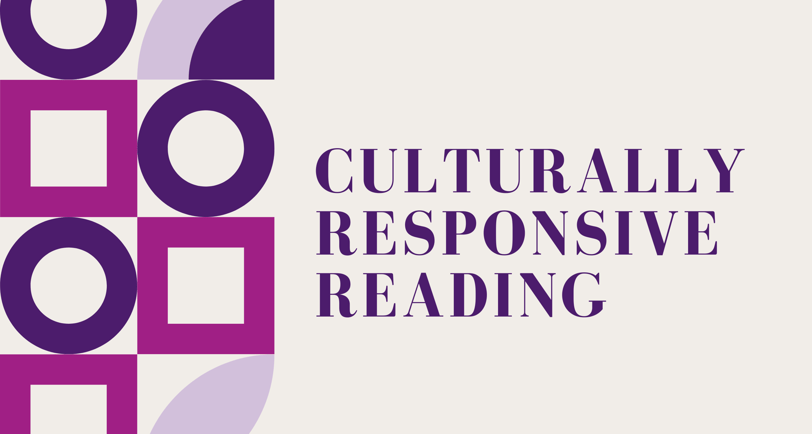Culturally Responsive Reading: What It Is and Why It Matters
Discover the transformative power of Culturally Responsive Reading in Durthy's latest blog post. Inspired by Ralph Ellison and Toni Morrison, this approach emphasizes understanding literature within its own cultural context rather than through Western lenses. Learn how this method uncovers hidden biases, reveals cultural nuances, and enriches your reading experience by exploring diverse narratives and author perspectives. Enhance your literary journey and gain deeper insights into multicultural texts today!
1/5/20252 min read


In the 1950’s, Ralph Ellison declared, “One writes out of one thing only: one’s experience as understood and ordered through one’s knowledge of self, culture, and literature.” Writing several decades later, Toni Morrison echoes Ellison’s sentiment. She also insists that, in judging the literary merits of a work, we must employ criteria established by the culture that created it. Both authors advocate for the art of Culturally Responsive Reading, a practice especially important in our current cultural climate marked by an alarming increase in censorship and book banning that threatens to undermine the work of scholars such as James Banks, Geneva Gay, and bell hooks to expand “the Western Literary Canon” (dominated by Western, Eurocentric texts such as Homer’s Odyssey, Shakespeare’s plays, and the Bible) to include women and writers or color.
Culturally Responsive Reading is close, critical reading that:
Recognizes that every culture has its own narrative tradition of oral and written classics that inform its contemporary literature
Rejects the notion that Western, Eurocentric “classics” provide models and touchstones for non-Western texts, and
Seeks to expose cultural myths, reveal racist and culturally biased language, and dismantle stereotypes
Culturally Responsive Reading also discourages the reading of multicultural literature through the lens of white supremacy, which often distorts these texts and leads to egregious misreadings. For example, readers of Morrison’s Beloved who fail to recognize that Beloved represents the ghost of slavery that continues to haunt us today will miss the beauty and power of her novel. Similarly, readers of Viet Thanh Nguyen’s The Sympathizer who fail to recognize the centrality of Buddhism in Vietnamese culture will miss the significance of the protagonist’s recurring visions and nightmares about a man with a “third eye,” a victim of assassination with a bullet hole in the center of his forehead. A culturally responsive reading of the novel suggests that “the third eye” alludes to the sixth chakra in Buddhism, located in the center of the forehead and believed to provide spiritual insight.
Ultimately, Culturally Responsive Reading invites us to explore the intertextuality of literature (“Everything is connected”), discover the power of telling our own stories, and think more deeply and compassionately about the world.Ultimately, Culturally Responsive Reading invites us to explore the intertextuality of literature (“Everything is connected”), discover the power of telling our own stories, and think more deeply and compassionately about the world.
Culturally Responsive Reading also acknowledges the importance of a writer’s worldview. For example, Ellison’s worldview as a Black man shaped by segregation and Jim Crow differs dramatically from Morrison’s worldview as a Black woman shaped by the Civil Rights and Black Arts/Black Power Movements. Similarly, although both William Faulkner and Richard Wright are Southern writers from Mississippi, Wright’s depiction of “the South” bears little resemblance to Faulkner’s.
Culturally Responsive Reading can significantly enhance our reading experience by transforming our relationship to literature and expanding our worldview.
